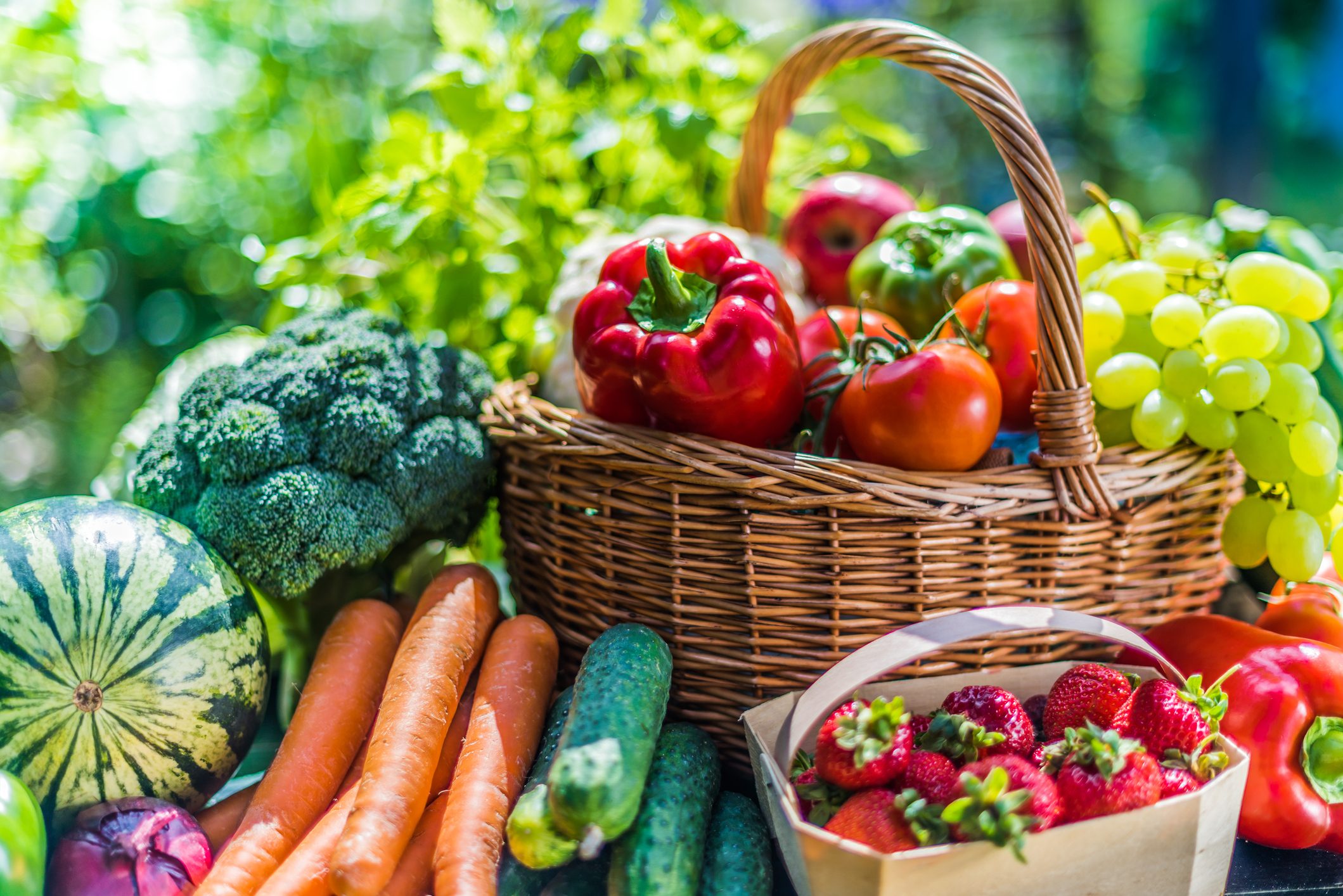5 Fruits You Shouldn’t Peel Before Eating And 5 That You Must
Most people probably are used to reaching for a vegetable scraper or paring knife to prep fresh produce before eating it. However, it turns out, the peels we were taught to toss are not only edible but also tasty and nutritious. Below, we have compiled a list of fruits and vegetables that shouldn't be peeled and a few others that should never be eaten unpeeled.
;)
Not everyone likes the sharp contrast between the tough exterior of a fruit with its softer interior but nutrition experts say there are health benefits linked to eating some fruits with their flesh on.
1. Potatoes

While you may want to peel potatoes to smooth out their texture for stews or mashed potatoes, leaving the skin on can be a boon. Potato skins and sweet potato skins alike are loaded with filling fiber as well as iron and potassium. Just rinse them and scrub them with a kitchen towel or vegetable brush before you start cooking.
2. Carrots

When it comes to cleaning these orange root veggies, you only need running water and a quick scrub. Most of the vitamin C and vitamin B3 found in carrots are actually concentrated in the skin and the layer just below the skin (called the phloem), so leaving the skin on ensures that you get the maximum amount of these healthy vitamins. If you're planning to roast them, however, pull out your peeler — the skin can turn a little bitter in the oven.
3. Eggplant

Eggplant is rarely eaten raw, and the skin gets soft and tender when cooked. So, there's no reason to peel it. What's more, because of the water content of this vegetable, the vast majority of its nutrients, like fiber, manganese, and immune-boosting antioxidants, lie in the skin. Just rinse the eggplant and wipe it with a paper towel to clean it.
4. Cucumbers

Cucumbers have an incredibly high water content, meaning you'll find most of the healthy stuff in the skin. This includes vitamin K (good for bone health) and vitamin A (benefiting your eyes and skin). However, some types of cucumbers have tough, waxy outside layers, so if you're planning to skip peeling, be sure to rinse and then vigorously scrub them before eating.
5. Zucchini

Zucchini and its yellow counterpart, summer squash, offer good-for-you perks like high levels of antioxidants and both soluble and insoluble fiber, which, once again, mainly lie in the skin thanks to their high water content. A rinse and a rub with a paper towel are sufficient to clean zucchini and summer squash before preparing.
Fruits and Vegetables You Should Peel
If you've been peeling any of these, then you've been doing it right!
1. Avocados

If you're planning to eat this creamy fruit raw, throw away the skin. The peel of the Hass avocado, the variety most commonly found in American grocery stores, is thick, tough, and doesn't taste good. That said, it is technically edible. So, if you're adding avocado to a smoothie, or you find a different variety that has thinner, smoother skin, feel free to use a bit.
2. Citrus Fruits

As plenty of recipes call for the grated zest of orange, lemon, or lime, save the skin whenever you're juicing or enjoying a citrus fruit as a snack.
3. Pineapples

Tropical fruits like pineapple have thick, tough skins to protect their tender insides from sometimes-harsh climates. For this reason, eating their skin is a no-go.
4. Mangoes

You can technically eat mango skins, but they contain a small amount of urushiol, the active chemical in poison ivy. So, toss the mango peel to be safe, especially if you know you're sensitive to poison ivy.
5. Butternut Squash

Not only is butternut squash skin thick and difficult to peel, but it also stands between us and the delicious flesh within. So it would be best if you always peeled it, and the same goes for kabocha and red Kuri squash. On the other hand, the peels of an acorn, delicata, and honey nut squash will turn soft and tender in the oven, so that you can leave those on.
;Resize,width=767;)
;Resize,width=712;)


